forum
library
tutorial
contact

First Sockeye of Year Returns to
Redfish Creek Despite Hot Rivers
by Rocky Barker
Idaho Statesman, July 28, 2015
|
the film forum library tutorial contact |

|
First Sockeye of Year Returns to
by Rocky Barker
|
In the last decade, between 30 and 78 percent of sockeye that crossed Lower Granite Dam completed the trip to
the Sawtooth Basin. "I'm hoping we get that 30 percent conversion, but realistically it could be less," Peterson said.
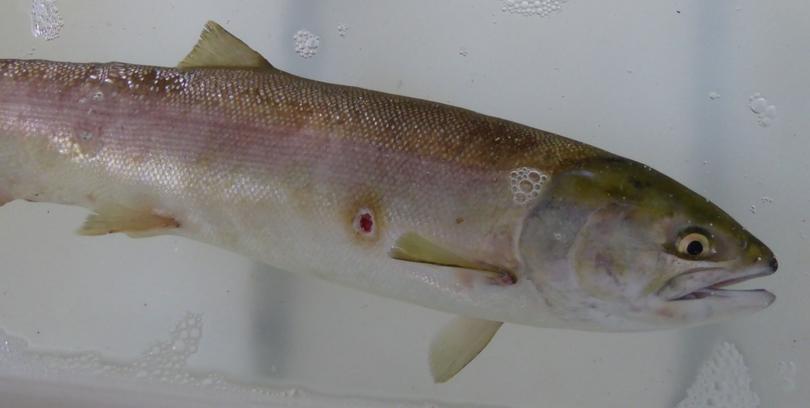 The first sockeye salmon completed its 900-mile migration Monday to Redfish Lake Creek near Stanley.
The first sockeye salmon completed its 900-mile migration Monday to Redfish Lake Creek near Stanley.
On top of the dozens of hazards sockeye face on their trip in a normal year, hot rivers have killed tens of thousands of salmon this summer in the Columbia River including more than half of the sockeye heading up the Snake River to Idaho's Stanley Basin. Idaho Department of Fish and Game biologists have trapped and trucked 37 sockeye this month from Lower Granite Dam in Washington to the Eagle Hatchery to save as many of the precious fish that are part of a remarkable captive breeding program that has prevented the sockeye from going extinct.
Through July 27, 368 sockeye were counted at Lower Granite Dam 30 miles downstream from Lewiston. Biologists fear only a fraction of those will make it to the Sawtooth Basin, where some are trapped and taken to hatcheries while others are allowed to spawn in Redfish Lake.
Trapping and transporting sockeye is one of many safeguards Fish and Game implemented to restore the most southern sockeye population in the world. Fish and Game's captive breeding program, which raises sockeye from egg to adult in a hatchery, foregoing the risky trip to the ocean. The program ensures that regardless of how many adults return this summer, the agency will still be able to ramp up its release of juveniles in the spring.
Despite a challenging summer, Idaho's sockeye population has dramatically improved over the last decade, and Fish and Game's sockeye program is designed to adapt to changing conditions.
An abundant sockeye return in 2010 allowed Fish and Game to try a pilot project where 19 sockeye were trapped and trucked from Lower Granite Dam to the Eagle Hatchery to see if the fish could survive the rigors of transport, and they did, said Roger Phillips, a Fish and Game public information specialist.
Biologists are currently in a wait-and-see mode for the fish remaining in the rivers.
"I don't know what to expect because this is a year we've never seen before," said Mike Peterson, senior research biologist said. "We're going to learn the thermal tolerances of these fish."
After sockeye cross Lower Granite Dam, they still have 400 miles to travel in the Snake and Salmon rivers to reach the Sawtooth Basin.
In the last decade, between 30 and 78 percent of sockeye that crossed Lower Granite Dam completed the trip to the Sawtooth Basin.
"I'm hoping we get that 30 percent conversion, but realistically it could be less," Peterson said.
Related Pages:
Why Are Thousands of Migratory Salmon Dying Before They Can Spawn? by Courtney Sherwood, Christian Science Monitor, 7/27/15
Biologists Bring Sockeye into Idaho on Trucks to Get Them Out of Hot Water by Rocky Barker, Idaho Statesman, 7/17/15
Sockeye Salmon Suffer Infections in Warm Columbia River System by Rich Landers, Spokesman-Review, 7/17/15
Half of Columbia River Sockeye Salmon Dying Due to Hot Water by Associated Press, The Oregonian, 7/18/15
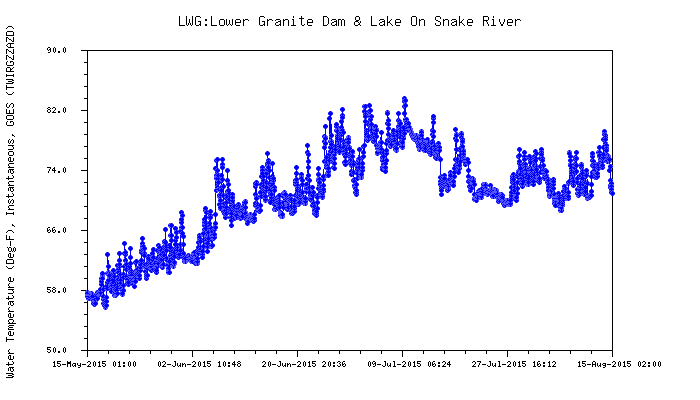
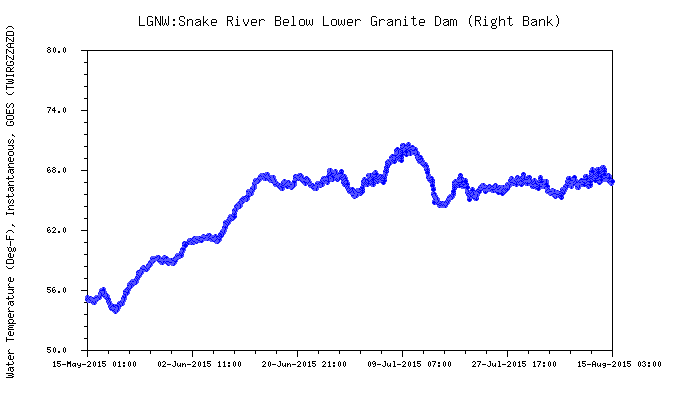
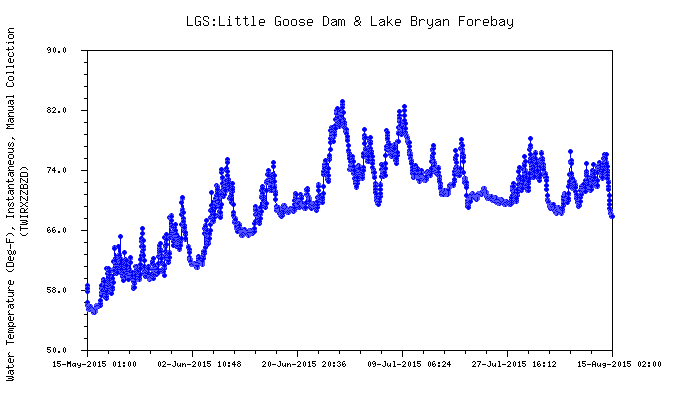
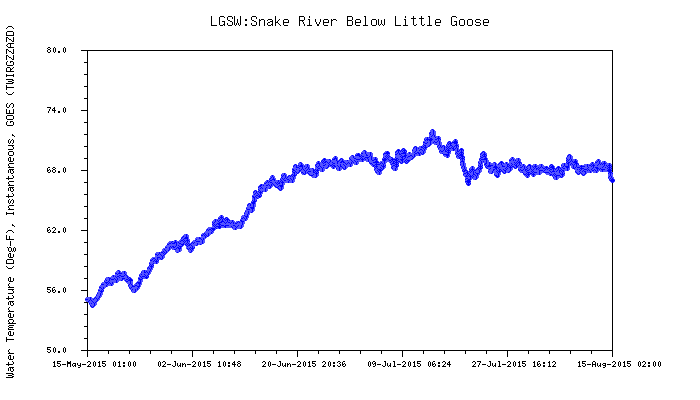
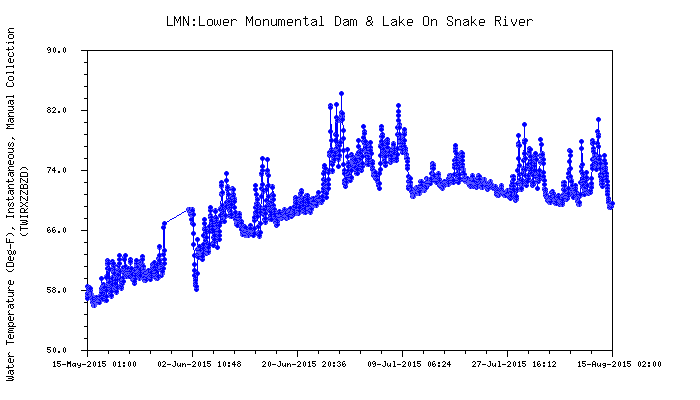
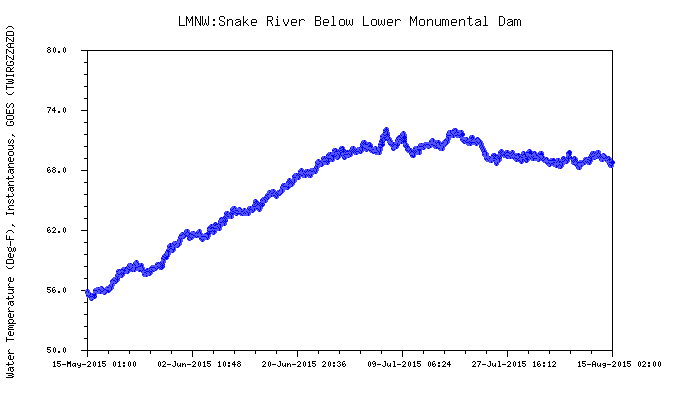


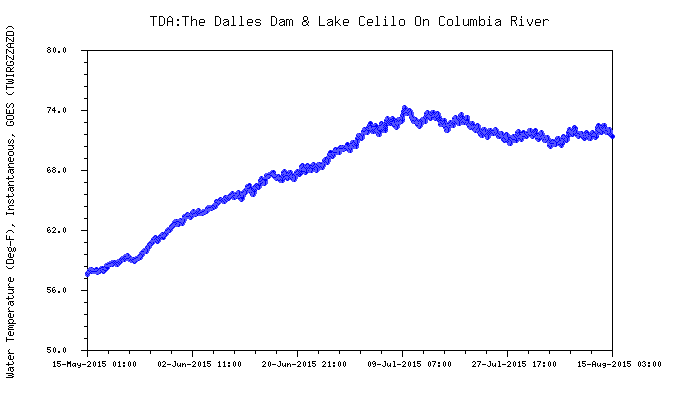
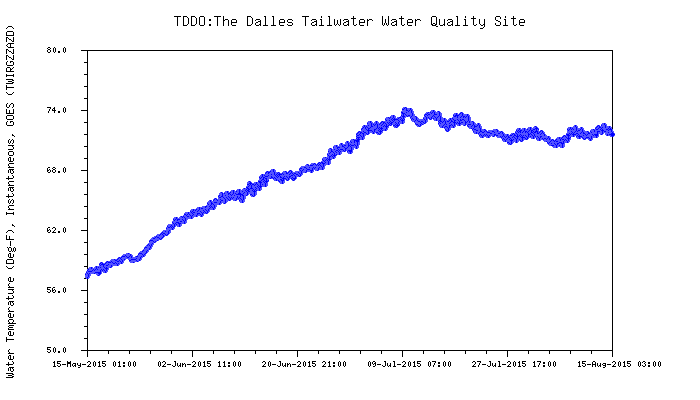
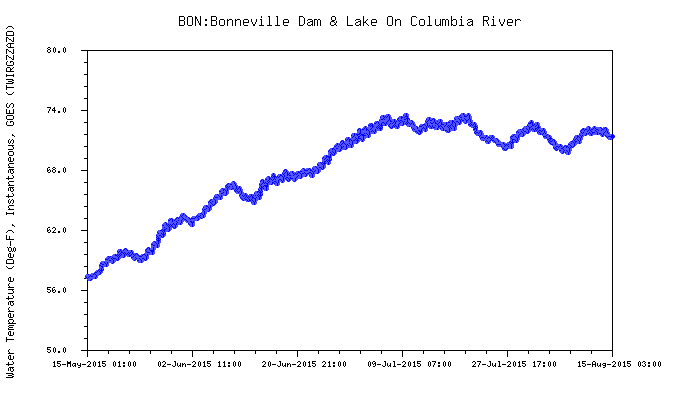
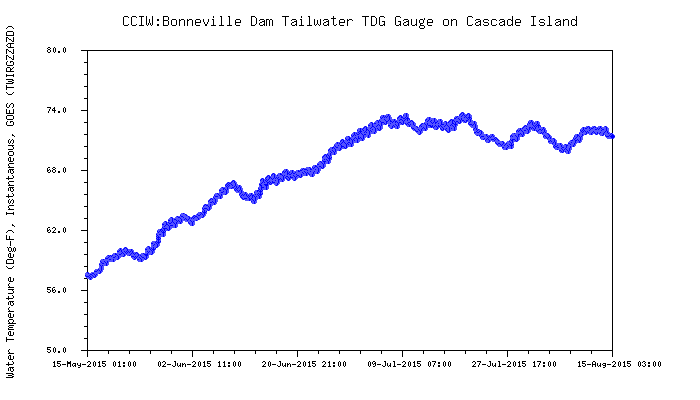
learn more on topics covered in the film
see the video
read the script
learn the songs
discussion forum
